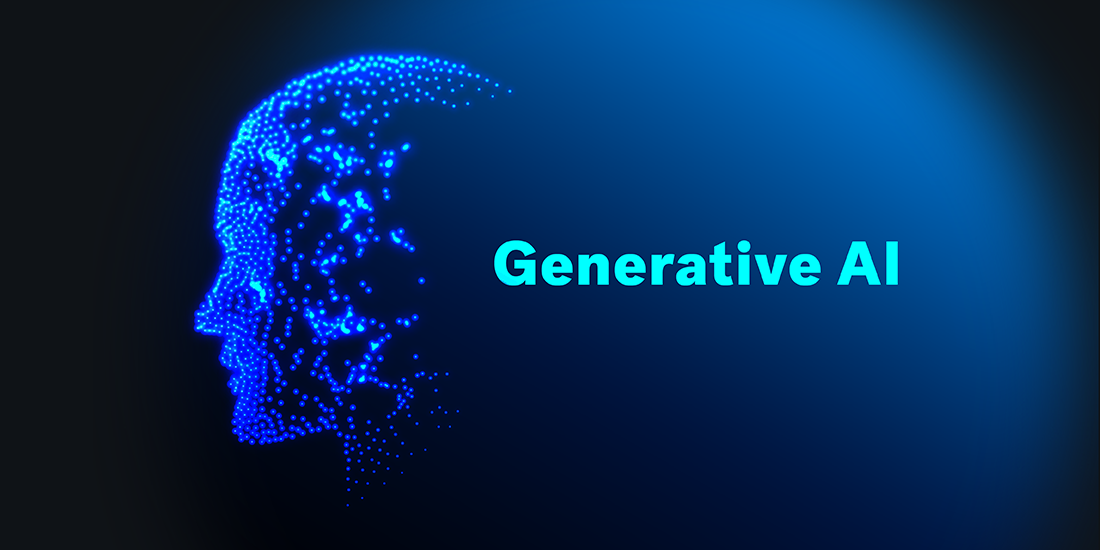
Art and design have always been fields driven by the boundless creativity of human imagination. However, with the advent of generative AI, the way we think about creativity and the process of art and design are undergoing a radical transformation. Generative AI, also known as creative AI, is a technology that can autonomously generate new content, such as images, music, and even text, based on a set of parameters and examples provided by programmers.
The impact of generative AI on art and design is profound, as it has the potential to redefine the creative process and push the boundaries of what is possible in these fields. From creating new forms of artistic expression to revolutionizing the way products are designed and manufactured, generative AI is shaping the future of creativity in unprecedented ways.
One of the key ways that generative AI is redefining art and design is by enabling artists and designers to augment their creativity with the capabilities of AI. For example, artists can use generative AI to explore new techniques, styles, and forms of expression that would be challenging to achieve through traditional means. Additionally, generative AI can help artists and designers break through creative blocks by providing fresh perspectives and generating novel ideas.
Furthermore, generative AI is also pushing the boundaries of what can be considered art. As AI-generated art becomes more prevalent, it challenges our traditional notions of authorship and creativity. Can a piece of art created by an AI still be considered the work of an artist? These questions are leading to new discussions and debates about the nature of creativity and the role of human vs. machine in the creative process.
In the field of design, generative AI is also revolutionizing the way products are conceived and developed. Designers can use AI to generate countless variations of a product design, helping them explore and evaluate different possibilities more efficiently than ever before. This can lead to more innovative and user-centric designs, as well as faster and more cost-effective product development processes.
Moreover, generative AI is also transforming the way we interact with and experience art and design. For example, AI-generated music, visual art, and digital experiences are becoming increasingly prevalent, offering new and unique sensory experiences to audiences. As AI becomes more sophisticated, the possibilities for creating immersive and interactive art and design experiences are endless.
However, as generative AI continues to evolve and integrate into the worlds of art and design, it also raises ethical and societal concerns. For example, there are concerns about the potential loss of jobs in creative fields as AI becomes more capable of generating content. Additionally, questions about ownership and intellectual property arise as AI begins to take on a more significant role in the creative process.
In conclusion, the future of creativity is being redefined by the emergence of generative AI. From pushing the boundaries of artistic expression to revolutionizing the design process, AI is transforming the way we think about and engage with art and design. As we continue to explore the implications of this technology, it will be crucial to consider the ethical and societal implications of its integration into these creative fields. Nevertheless, it is clear that generative AI has the potential to unlock new possibilities and shape the future of creativity in unprecedented ways.





